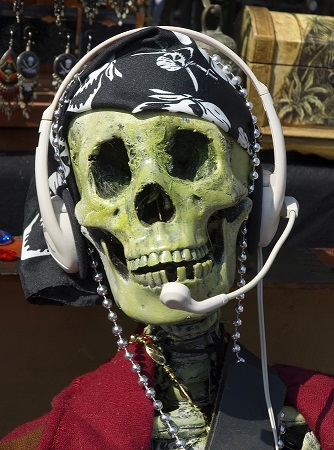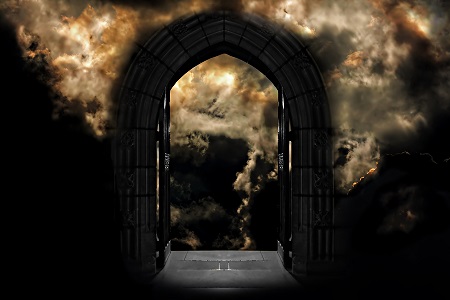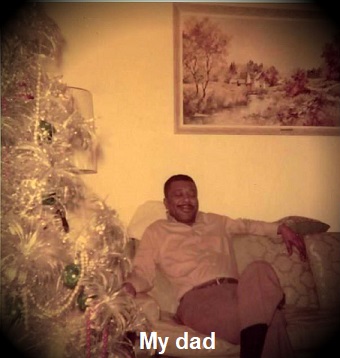 Having trouble sleeping because you are too hot? Did you know that removing a foot from underneath the covers will cool your body? I’m not pulling your leg.
Having trouble sleeping because you are too hot? Did you know that removing a foot from underneath the covers will cool your body? I’m not pulling your leg.
Some of us follow the National Sleep Foundation’s suggestion and keep our bedroom temperature between 60 and 67 degrees Fahrenheit to ensure a good night’s sleep. Still, sleeping beneath a comforter or even a top sheet can make you feel warm, and let me interject – especially on a memory foam mattress. Add to that the body heat generated by the significant other snoring beside you and the bed could feel like a sauna. What can you do then to cool off so you can go to dreamland? Stick a foot out.
Studies have shown that keeping one foot or even a leg out from beneath the covers cools the body and creates a comfortable sleeping condition. Imagine that your foot is a thermostat that helps regulate your body temperature. Both feet beneath the covers keeps the body warm. Take one foot or both feet from under the cover, and the body cools down.
There is a scientific reason why that simple action regulates your body temperature. Experts say that our feet contain specialized vascular structures known as arteriovenous anastomoses, coupled with the lack of hair on the bottoms of our feet those structures are designed to help dissipate body heat.
Okay, I can picture some of you now starting to roll your eyes up toward the ceiling, so I’ve installed a video produced by The Science of US Sleeping Institute that will simplify the subject for you. Watch it and have a good night.




